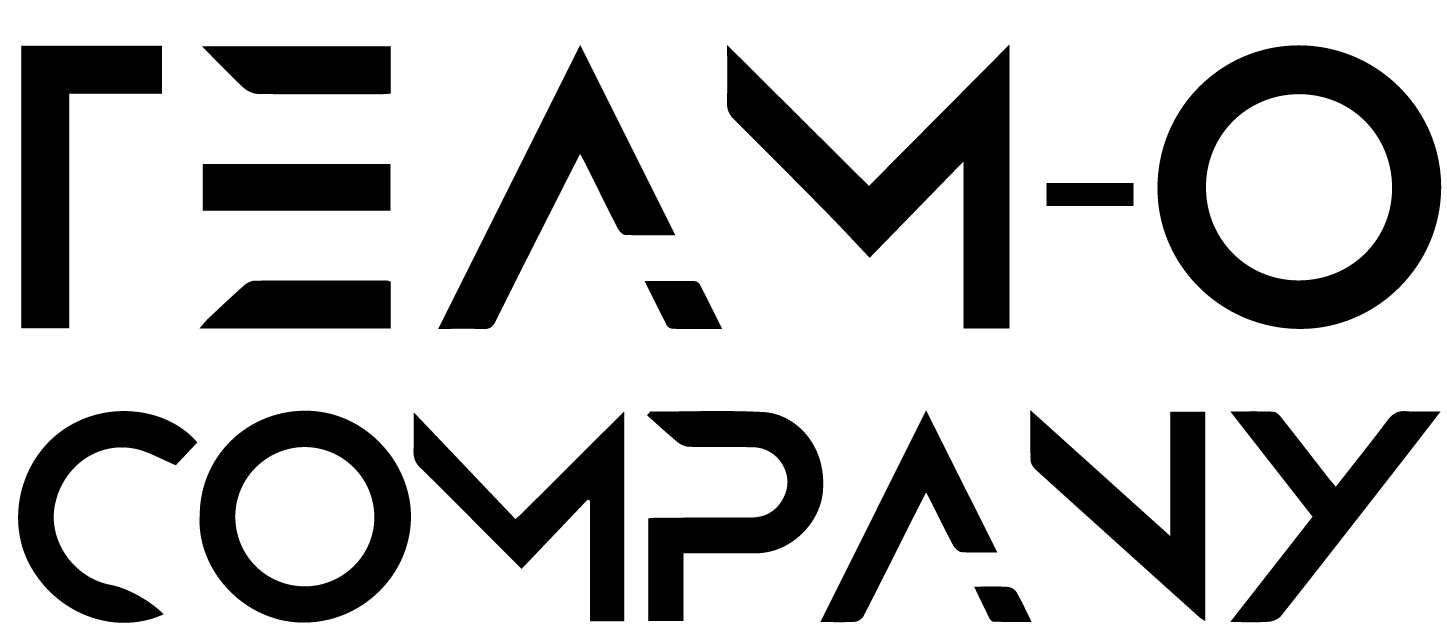In today’s digital landscape, social media has become an essential tool for businesses to connect with their audience, build brand awareness, and drive sales. However, managing social media accounts can be overwhelming, especially for small businesses or those new to the world of social media. In this article, we’ll explore the importance of social media and community management for your business and provide tips on how to get started.
*Why Social Media Matters*
Social media platforms like Facebook, Instagram, Twitter, and LinkedIn have billions of active users, making them a goldmine for businesses looking to reach their target audience. By having a strong social media presence, businesses can:
– Increase brand awareness and reach a wider audience
– Engage with customers and build brand loyalty
– Drive website traffic and generate leads
– Stay ahead of competitors and industry trends
*Get Started Today*
If you’re looking to improve your social media presence and community management, start by:
– Conducting a social media audit to understand your current performance
– Developing a social media strategy that aligns with your business goals
– Creating a content calendar and scheduling content in advance
– Engaging with your audience and responding to comments and messages
*The Role of Community Management*
Community management is the process of creating, engaging, and managing content on social media platforms to build and maintain a community around your brand. A community manager’s role is to:
– Develop and implement a social media strategy
– Create and curate content that resonates with the target audience
– Engage with followers and respond to comments and messages
– Monitor and analyze social media metrics to optimize performance
*Tips for Effective Social Media Management*
1. *Define Your Target Audience*: Understand who your ideal customer is, what they’re interested in, and which social media platforms they use.
2. *Create a Content Calendar*: Plan and schedule content in advance to ensure consistency and efficiency.
3. *Engage with Your Audience*: Respond to comments and messages promptly, and use social listening to stay on top of industry trends and conversations.
4. *Use Visual Content*: Incorporate high-quality images, videos, and graphics to make your content stand out.
5. *Monitor and Analyze Performance*: Use social media analytics tools to track your performance, identify areas for improvement, and adjust your strategy accordingly.
*Best Practices for Community Management*
1. *Be Authentic and Transparent*: Be true to your brand’s voice and values, and be transparent in your interactions with your audience.
2. *Be Consistent*: Post content regularly and maintain a consistent tone and style.
3. *Be Engaging*: Use social media to start conversations, ask questions, and encourage engagement.
4. *Be Responsive*: Respond to comments and messages promptly, and provide excellent customer service.
*Conclusion*
Social media and community management are crucial components of a successful marketing strategy. By understanding the importance of social media, defining your target audience, creating engaging content, and monitoring performance, you can unlock the power of social networks for your business. Remember to be authentic, consistent, engaging, and responsive, and you’ll be well on your way to building a loyal community around your brand.











